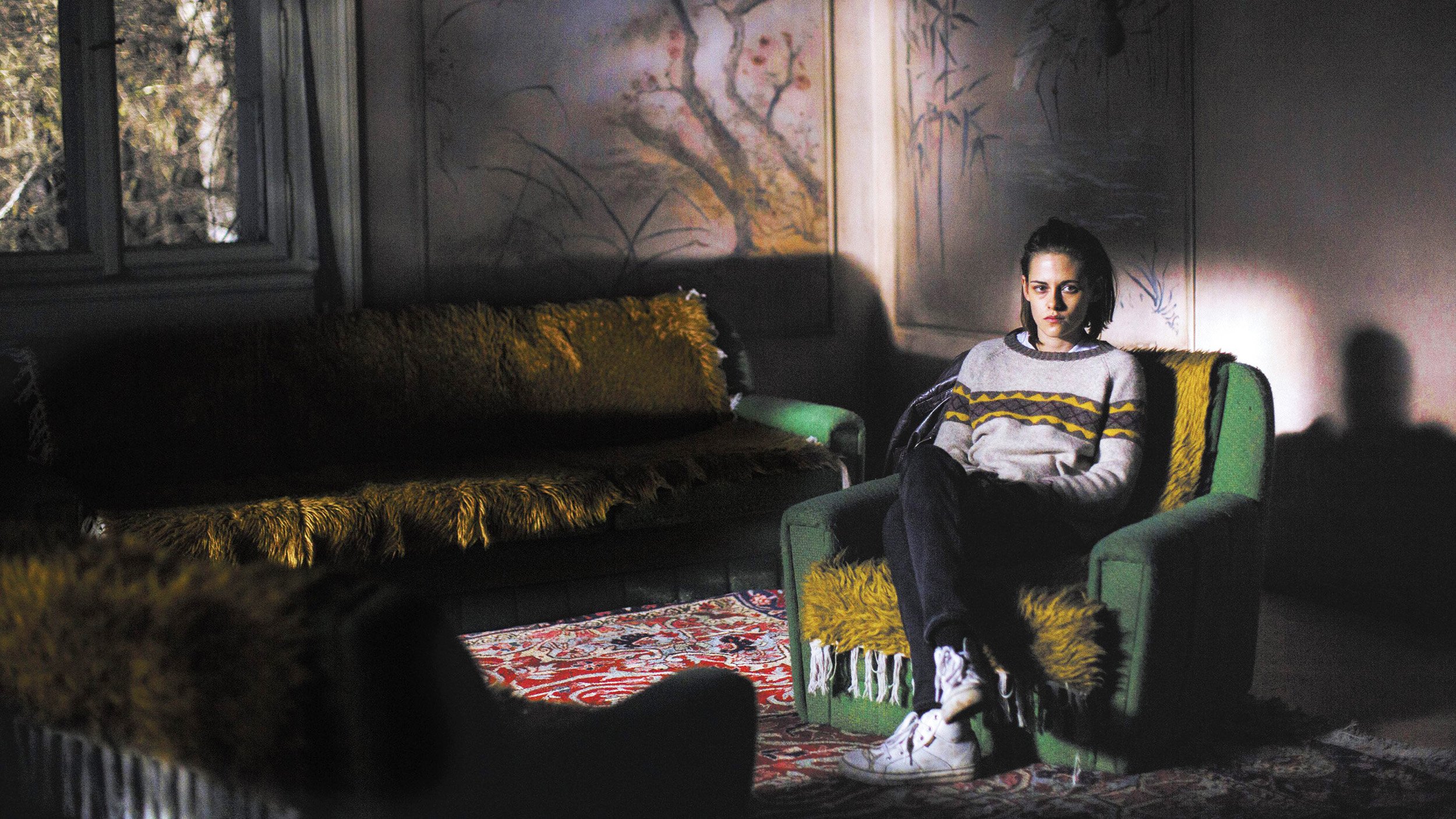
Olivier Assayas’s psychological thriller Personal Shopper (2016) follows Maureen, the titular personal shopper played by Kristen Stewart, as she runs various errands on behalf of her boss, a self-absorbed supermodel. But even more intriguing is what Maureen gets up to outside of her day job: trying to make spiritual contact with her recently deceased twin brother, Lewis.
The film opens with Maureen spending a night in an old country house, one that Lewis was hoping to renovate and use as a studio before he died. She calls out his name and senses a presence… she thinks. “There could be no one, but there could be something,” she tells a couple who are planning to buy the property. “It’s extremely difficult to find a portal into the spirit world.”
In response, the wife extends Maureen some spiritual guidance by way of an art history lesson. She brings up Hilma af Klint, who she saw in a “wonderful exhibition” in Stockholm the week before.
“She said that spirits commissioned her paintings. She invented abstract art before Kandinsky and Malevich in 1906,” she continues. “She claimed that the spirit world communicated with us, through her.”
Still from Personal Shopper (2016). Photo: Screenshot.
The recommendation sends Maureen down a little rabbit hole. She googles af Klint’s work, watches a short video titled Abstraction Pioneer, then later gets her hands on the book Hilma af Klint: A Pioneer of Abstraction (2013). She then calls up a faux documentary about af Klint’s spiritualist bent, which features a talking head who argues, “Spiritualists were always close to the technological avant-garde.”
It’s a spot-on précis for a movie that poses a tense meeting between the spiritual world and our digital reality. Maureen’s first experiences with af Klint’s art are mediated by her iPhone and iPad; she later converses with an unknown, possibly ghostly, entity over text messages. Technology is a channel here, but so is the artist’s presence, which precipitates a cascade of unsettling, otherworldly events.
Hilma af Klint, The Ten Largest, No. 4 Youth (1907).
The Swedish artist aptly serves as portal and medium here. Her interest in spiritualism saw her participate in séances at a young age, a practice that deepened after the death of her sister Hemina. Later, her immersion into theosophy would see her team up with four other women—collectively, they were known as The Five—to channel signals and prophecies from the spirit world. These messages would help shape af Klint’s visual vocabulary.
Through Maureen, however, Personal Shopper posits that what is being channeled is as much about who is doing the channeling. Still roiled by grief and uncertainty, Maureen travels to Oman for a getaway. There, she continues to be haunted by a ghostly presence. “Lewis, is that you?” she asks an empty room. “Or is it just me?”